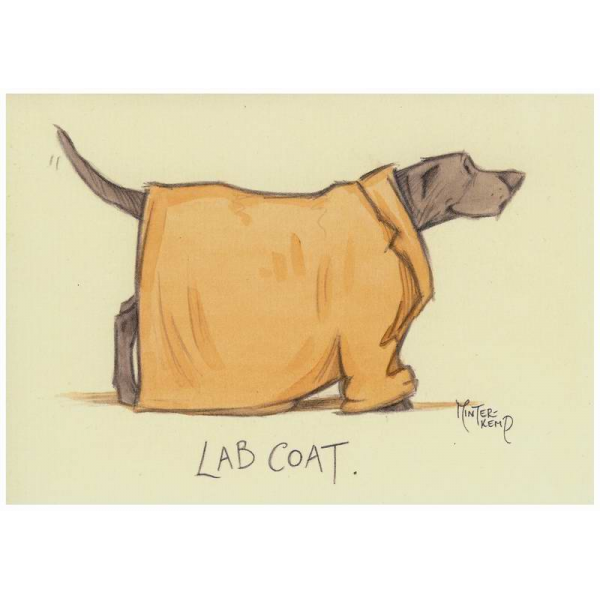GREAT QUESTION! And as I find myself answering questions about this topic, all day, by email, Facebook, and our “contact us” form on this site, I find myself not just saying, “there’s and oil for that!” at every turn. And that’s because I will approach each pet’s needs from a HOLISTIC approach, because no “one thing” works for every illness, disease, or issue in every single pet. And EVERY part of the pet must be considered. And trust me, our products WILL work immediately, and effectively to relieve your pet! But let’s talk about why diet is also SO important…especially if you are experiencing chronic illness or poor quality of coat and breath.
I have YOU AND YOUR PET’S best interest in mind. Sure, I could just “sell you an oil”, make a sale, and go on my merry way. But if I have not TRULY helped your pet with a long-term resolution (‘root cause’), instead of a temporary band-aid, then I’ve not, conscientiously, done my job to my fellow man or that man’s ‘best friend

Most Pet Food is Biologically Inappropriate for Dogs and Cats
Common Pet Food Myths Many People Actually Believe
I find it amazing that pet parents buy into marketing gimmicks that human parents would never fall for. For instance, how often have you heard a pediatrician say, “Never feed your baby anything but X brand of baby food, because feeding a homemade diet could be dangerous to your child’s health?” Never. But you do hear it often in the veterinary world. And understand, Veterinarians get about 2 hours worth of information about pet nutrition in vet school. Otherwise, everything they know comes from the indoctrination of the commercial pet food industry!
Go directly to Life’s Abundance website here
Photo: ID 30816440 | Dog © Isselee | Dreamstime.com












Leave a comment